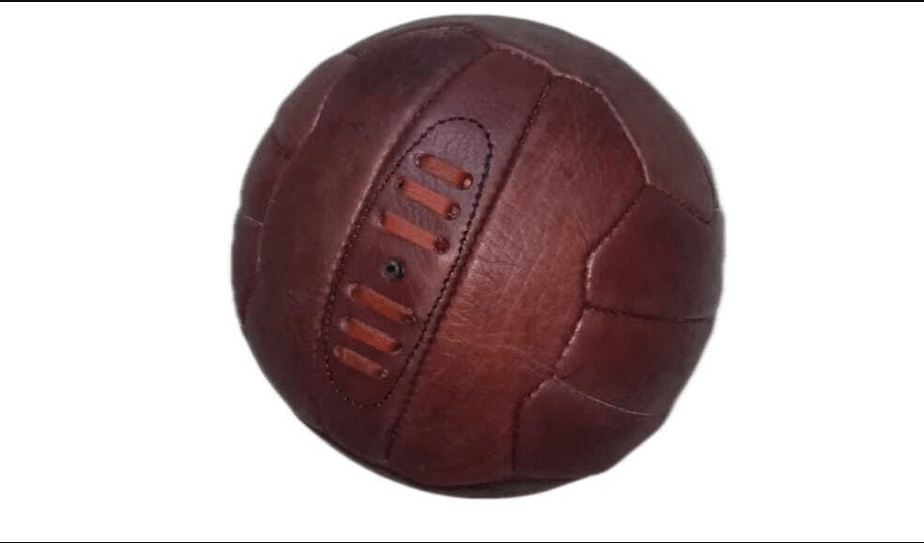
Wholesale Sports Balls Market and Manufacturing Insights
Introduction to the Growing Demand
Sports have become an integral part of global culture, leading to a rising need for quality equipment. Among these essentials, wholesale sports balls hold a central position because they are required for training, professional matches, schools, clubs, and recreational use. The demand for bulk purchases is not limited to one sport; it spans football, basketball, volleyball, cricket, rugby, tennis, and many others. As the sports industry expands globally, manufacturers are adapting their production methods to meet bulk requirements while maintaining quality standards.
Manufacturing Materials and Techniques
The production of wholesale sports balls relies heavily on material selection. Traditionally, natural leather was the primary choice, but modern manufacturers use synthetic leather, polyurethane, and rubber for greater durability and lower costs. The stitching method, either hand-sewn or machine-stitched, plays a vital role in the ball’s longevity and performance. Advanced techniques, such as thermal bonding, are also being used for footballs and futsal balls, ensuring uniformity and reducing water absorption. The choice of raw materials and techniques directly influences both quality and market competitiveness.
Quality Standards in Production
When producing wholesale sports balls, quality control is a top priority. Each ball undergoes several stages of inspection to ensure consistency in shape, weight, bounce, and grip. International sports organizations like FIFA, FIBA, and ICC set guidelines that manufacturers must adhere to if they want their products to be used in professional competitions. Even in wholesale production, maintaining high-quality standards ensures that schools, clubs, and retailers trust the brand and continue long-term partnerships.
See also: Saying Sorry: The Healing and Forgiveness Key
Market Segmentation and Buyers
The wholesale market for sports balls can be divided into various segments. Schools and universities represent a significant portion of buyers, as they require large quantities for training and physical education programs. Sports academies and clubs also purchase in bulk to ensure that players always have the right equipment. Retailers and distributors often rely on wholesale deals to stock their stores with a wide range of options for end consumers. Event organizers and corporate companies also contribute to the demand, particularly for promotional purposes where branded balls are distributed at large events.
Global Supply Chain and Distribution
The supply chain of wholesale sports balls extends across different continents. Countries like Pakistan, India, and China are leading exporters due to their well-established manufacturing industries. These nations have decades of experience, skilled labor, and modern facilities, making them highly competitive in the global market. Distribution networks are supported by logistics companies that ensure timely delivery wholesale sports balls of large consignments worldwide. The growth of e-commerce has also provided opportunities for manufacturers to connect directly with global buyers.
Challenges in the Wholesale Industry
While the industry is thriving, manufacturers of wholesale sports balls face several challenges. Rising raw material costs affect pricing strategies and profitability. Competition is intense, with many small and medium-sized factories trying to capture market share by lowering prices, sometimes at the expense of quality. Counterfeit products also create difficulties for genuine producers, as fake sports balls can damage brand reputation. Moreover, international trade policies, tariffs, and shipping costs add to the complexity of bulk exports.
Sustainability and Eco-Friendly Practices
The modern sports industry is increasingly concerned about sustainability. Manufacturers are responding by exploring eco-friendly materials, such as recycled rubber and organic cotton, for use in wholesale sports balls. Reducing waste in production processes and adopting energy-efficient machinery are additional steps companies take to meet environmental standards. Buyers, especially from Europe and North America, are more likely to engage with manufacturers that demonstrate a commitment to sustainable practices.
Customization and Branding Opportunities
One of the growing trends in wholesale sports balls is customization. Many organizations, schools, and clubs request balls printed with their logos, colors, or event names. This demand creates opportunities for manufacturers to offer personalized designs as part of their wholesale packages. Branding also plays a crucial role in marketing, as customized balls act as promotional tools, increasing brand visibility during events and tournaments.
Future Outlook of the Wholesale Market
The global market for wholesale sports balls is expected to continue expanding due to rising interest in physical fitness, sports participation, and professional training programs. Technological innovations such as smart balls with built-in sensors may also find their way into wholesale offerings. With sports becoming more accessible through schools, recreational centers, and community programs, the need for affordable yet high-quality bulk equipment will remain steady.
Conclusion
The wholesale sports balls industry remains one of the most vital sectors in sports manufacturing. With rising global demand, manufacturers are focusing on advanced techniques, quality assurance, sustainable practices, and customization to stand out in a competitive market. Schools, clubs, retailers, and corporate buyers continue to drive bulk sales, ensuring consistent growth for the industry. By adapting to new trends and maintaining strict quality standards, wholesale manufacturers are positioned to meet the evolving needs of the sports world.
